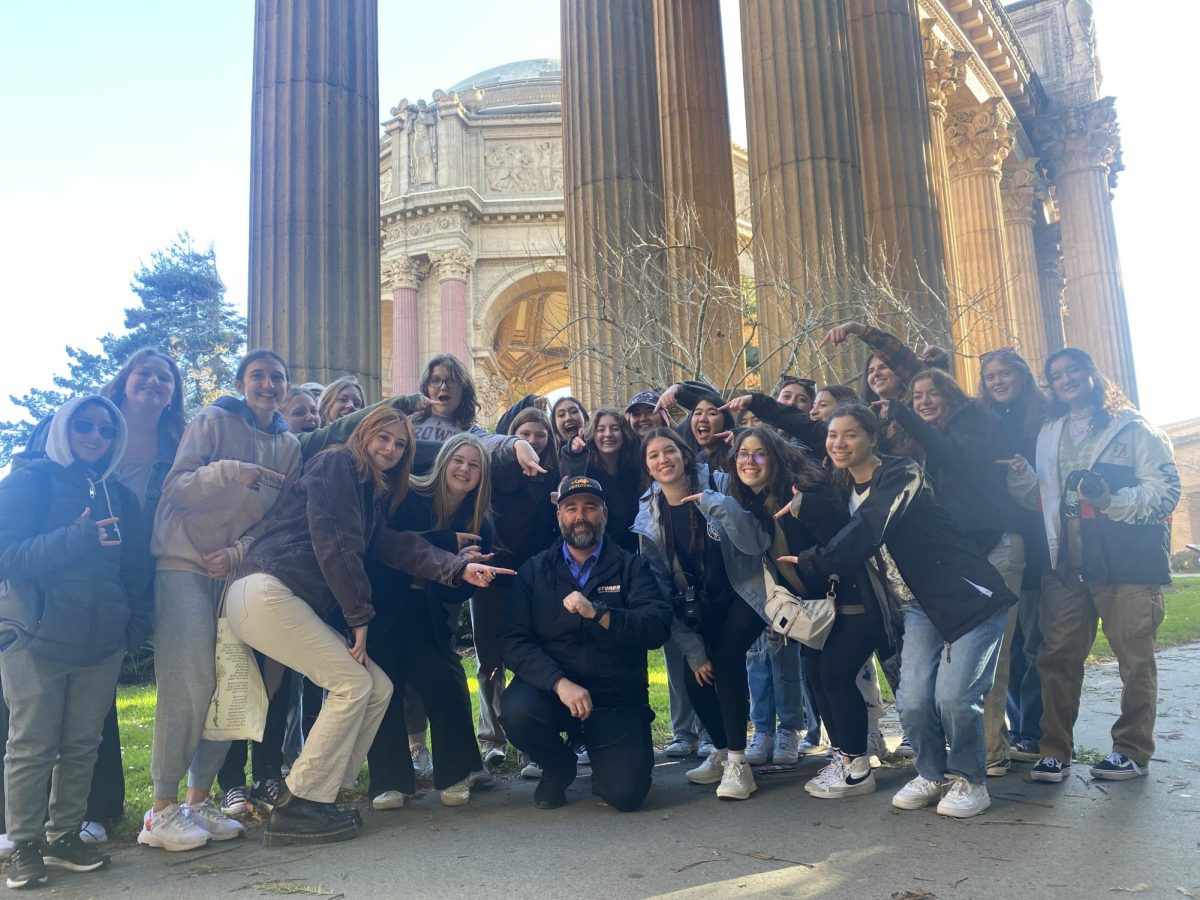By Lindsey Cohen
How many teens and adults do we see drowning themselves in bronzer, spending incalculable hours baking in the tanning salon, or following the prestigious Jersey Shore’s GTL mentality? Most can agree that the caked on makeup is a bit much, but imagine having no pigment whatsoever?
Albinism is a defect of production of melanin that results in little or no color in the skin, eyes, and hair. The name Albinism derived from albus or the Latin word for white. There are two main types of this disease, both from genetic defects. Type 1 albinism is caused by defects that affect production of the pigment, melanin. Type 2 albinism is due to a defect in the “P” gene. People with this type have slight coloring at birth (PubMed Health). An estimated 1 in 20,000 people worldwide and of many different ethnic groups are born with oculocutaneous albinism. Type 2 occurs more frequently in African Americans, some Native American groups, and people from sub-Saharan Africa. Type 3, specifically rufous oculocutaneous albinism, has been described primarily in people from southern Africa. Studies suggest that type 4 occurs more frequently in the Japanese and Korean populations than in people from other parts of the world (Oculocutaneous Albinism). This lack of melanin isn’t only found in humans but animals as well, leaving them unable to camouflage or protect themselves.
A few stars in the limelight have also been affected by this heartrending illness. Connie Chiu, the world’s first supermodel with albinism and Salif Keita, one of the most legendary albino people in music, have both been affected.










